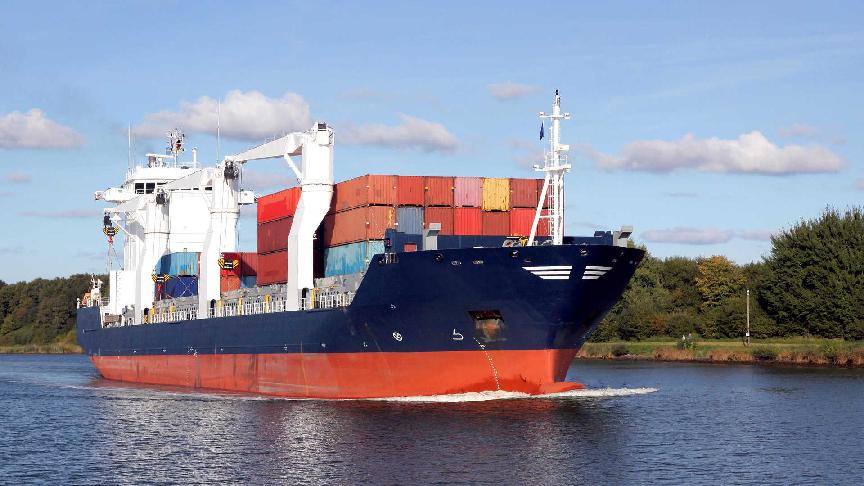Effects of low water levels on the Rhine River have come earlier than expected this year. Germany has not seen enough rainfall during the earlier months, subsequently hampering cargo transport in one of its key waterways. As a result, shippers are asked to pay low-water-level surcharges to compensate for barges not sailing on full load.
The River Rhine is nearly 1230 kilometres long and passes through six European countries. It is also the longest river in Germany and passes through six key cities. The drop in water levels, however, vary from one city to another. Duisburg and Cologne are among the most impacted this year, including the chokepoint of Kaub.
According to a Reuters report, water levels at Kaub dropped from 350 cm in May to 135 cm this month. The level was even lower in June last year, dropping as low as 120 cm. While the water levels are expected to drop further, weather forecasts for the upcoming period predict rainfall in the country, which could mitigate the situation on the river.

Like every year, shallow waters call for a reduction in the capacity a vessel is allowed to carry. Some vessels would be allowed to sail through a chokepoint with only 60% of their full capacity. However, this depends on the water level at each point.
Earlier this year, German transport ministers of states bordering the Rhine urged the government to expedite the deepening of the river basin. This is considered a critical infrastructure project needed to avoid major disruption caused by the river's low waters.







